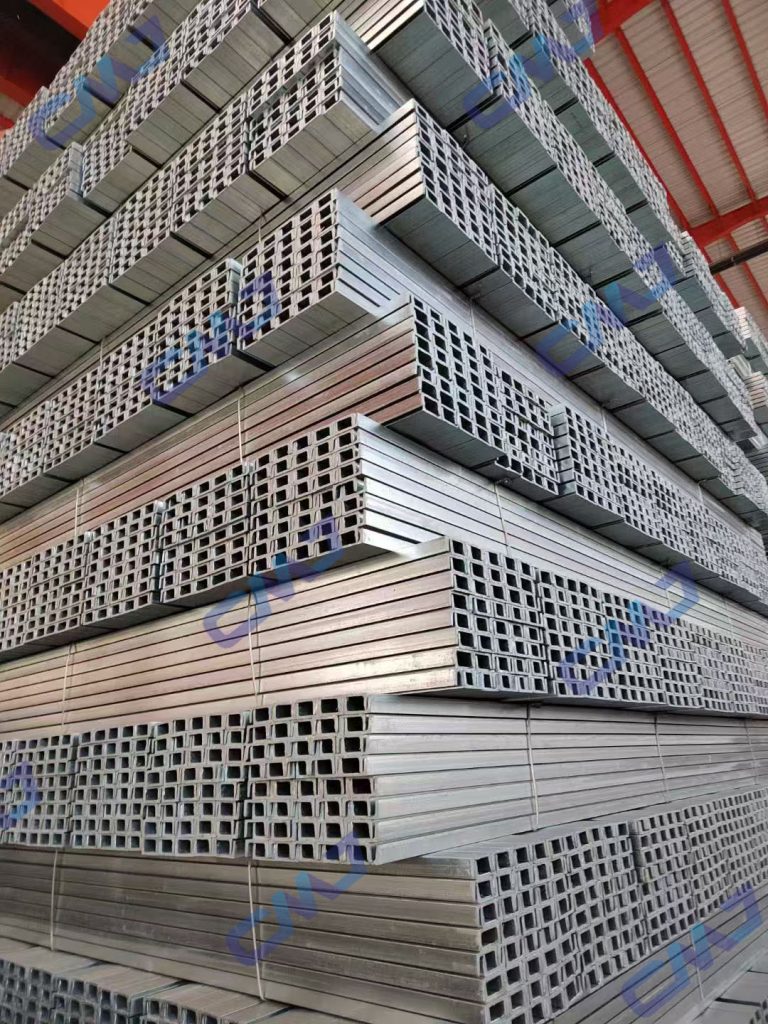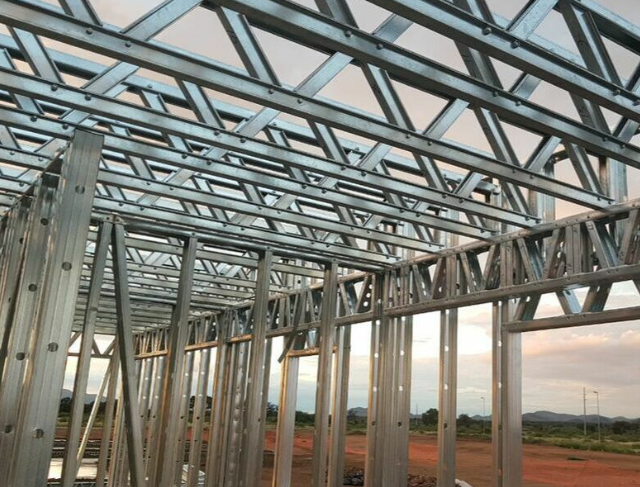H Beam Size Chart and Weight Table for Structural Design
2697Get a free H beam size chart, dimensions, and weight table for construction projects under global standards. CJM Steel supplies H beams - request a quote today.
View detailsSearch the whole station
U Channel Steel is a structural steel section with a U-shaped cross-section, widely used in construction projects and industrial frameworks. It provides strength, stability, and support for a variety of applications, from building frameworks to equipment supports. For distributors and construction companies, understanding the materials, dimensions, mechanical properties, and applications of U Channel Steel is essential for making informed purchasing decisions.

U Channel Steel is manufactured from different materials to suit various structural and environmental requirements. The most common materials include:
Most U Channels are hot rolled steel sections, ensuring high strength and reliability for structural applications in construction and heavy industry.
| Material | Yield Strength (MPa) | Tensile Strength (MPa) | Elongation (%) |
| Mild Steel (Q235/S235) | 235 | 370–500 | 26 |
| Carbon Steel (Q355/S355) | 355 | 470–630 | 22 |
| 304 Stainless Steel | 215 | 505–735 | 40 |
| 316 Stainless Steel | 290 | 515–760 | 40 |
| Galvanized (GI) Steel | 240 | 400–550 | 25 |
These U Channel Steel standard sizes and mechanical properties help engineers and distributors select the right grade for their projects.
U Channel Steel is produced in a wide range of sizes. Below is a U Channel Steel standard sizes chart showing common steel U channel sizes in mm (width × height × thickness):
These u channel steel sizes are widely used in general construction, roofing, solar frames, and industrial supports.
👉 Important Note: Some size ranges overlap between different materials. For instance, both Mild Steel and Galvanized Steel U Channels can be produced in the 50–200 mm range. This does not mean they are identical—it simply reflects that the same dimension can be manufactured in different materials depending on application requirements.
To help distributors estimate load capacity and shipping costs, below is a simple U Channel Steel size and weight chart (approximate values):
| Size (mm) | Section Area (cm²) | Weight (kg/m) |
| 50×25×4 | 3.3 | 2.6 |
| 100×50×5 | 7.6 | 6.0 |
| 150×75×6 | 14.2 | 11.2 |
| 200×80×8 | 22.1 | 17.4 |
These U Channel Steel sizes and weights help engineers plan structures and logistics more efficiently.
When choosing between U Channel and C Channel, it is important to understand their differences:
Engineers and distributors often compare u-channel vs c-channel difference to determine which profile best suits a given structural application.
To meet the needs of global buyers, U Channel Steel is produced in compliance with multiple international standards:
To better illustrate the practical performance of U Channel Steel, let’s take a simple engineering example:
👉 This simple calculation demonstrates how to select U Channel Steel dimensions according to load requirements, which is critical for construction engineers and procurement managers. If you still can’t be sure about it, contact our team to get a free suggestion.
Steel U Channels are extremely versatile. Common uses include:
These steel U channels for construction combine strength, flexibility, and cost efficiency, making them a popular choice for global projects.

The price of U Channel Steel depends on several factors:
For bulk distributors and engineering contractors, requesting a quotation based on both U Channel Steel sizes and quantity ensures the best price-performance ratio.

When selecting U Channels for construction projects or distribution, consider the following:
U Channel Steel is essential for construction projects and distribution businesses. By choosing the right material, size, and supplier, you can ensure project efficiency, structural safety, and profitability.
👉Explore our full selection of U Channel Steel products: U Channel Steel Products
📩 For detailed specifications or a custom quotation, please contact our team.
Get a free H beam size chart, dimensions, and weight table for construction projects under global standards. CJM Steel supplies H beams - request a quote today.
View detailsAlloy steel is a durable, high-performance material made by adding elements like chromium, nickel, and molybdenum.
View detailsExplore galvanized wall panels, GI roofing sheets, and steel plates for container houses and modular buildings. Learn how to choose properly for your projects.
View detailsDetailed comparison for O1 vs A2 tool steel for knives and tooling in their properties. Find the right O1 or A2 steel supplier with global delivery service.
View details
HelloPlease log in